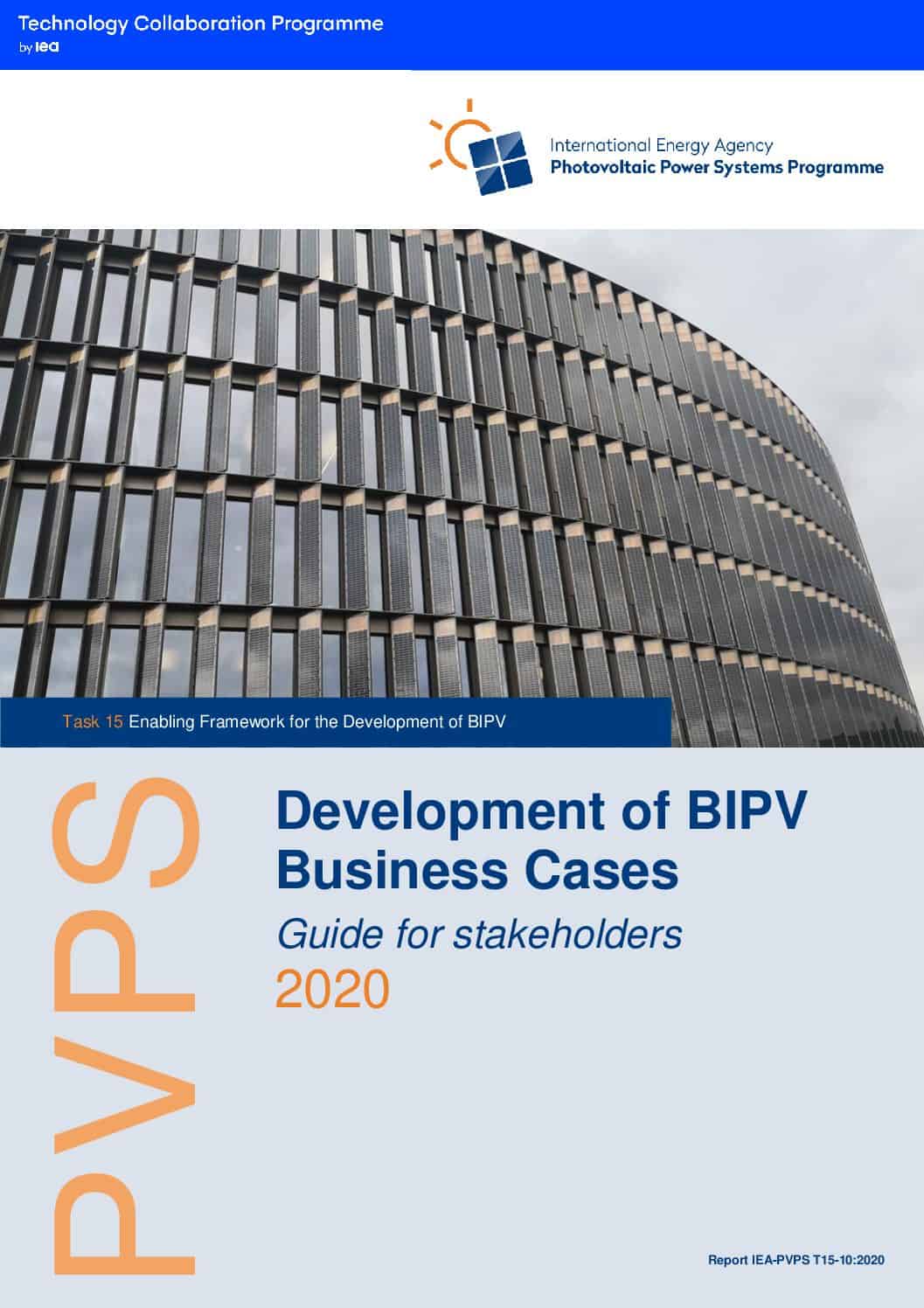Over recent years, continuous price decreases of PV system components and technological improvements, leading to better efficiency and reliability, contributed to reinforce the attractiveness of this technology. This is a trend that also benefitted building-integrated photovoltaic (BIPV) systems, which have become more affordable. In addition, it appears that the sector is dynamic and able to gain traction, as the significant number of competitors on the market tends to demonstrate.
Nevertheless, in spite of this multiplicity of existing integrated PV products and the apparent market opportunities, deployment of BIPV solutions remains limited. Among the explanatory factors for this observation, one can cite the lack of appropriate business models or, at least, the lack of business models with a clear value proposition for BIPV systems.
Possible drivers for BIPV system installation are crucial in order to define a value proposition that is as efficient as possible, as well as a business model. To refine the understanding of these drivers, the first chapter of this report explores these aspects in depth in section 2. The value of BIPV is not purely the economic value from electricity generation; it can also be connected to contributing to the local transition of the energy system, locally produced electricity, sustainability and marketing. The value of BIPV can be leveraged by companies willing to highlight a vision or mission that reaches beyond profit-oriented goals. Also, as a building component, BIPV can provide the same or better building
functionalities as other building materials and help at the same time to meet legal requirements in terms of energy performance of buildings. Finally, the ability of BIPV solutions to improve real estate value is evoked as well, increasing the attractiveness of such investments, provided that the involved stakeholders can take advantage of this value.
Different stakeholders involved in the business models are highlighted. They constitute the focus of section 3, in which they are characterized by their specific interests and role in BIPV projects, to guarantee the efficiency of the designed business models.
In the following section, the framework used to conduct the analysis and frame the discussion on business models is presented. It is directly followed by the main section of the report, where examples of business models related to different building typologies and central stakeholders, i.e. product or service providers, are presented. The first examples are based on projects for residential buildings, while the second is based on a product for commercial buildings and the third is a service for commercial buildings. Each example is followed by discussions regarding key values and stakeholders, the main touchpoints of the business model as well as the pitfalls to avoid. Remaining challenges to the implementation of such business models are also listed. This section demonstrates that BIPV business models, with various degrees of innovation, can be designed, even if implementation remains to be tested for some of them. Specific business models can be developed with the help of, or with ideas from, the generic versions in this report.
Ultimately, the purpose of this report is to provide a guide for design and application of business models to be used by stakeholders involved in the design process, for example existing and new businesses in the energy and construction sectors or housing and real estate companies. The guide aims at helping by highlighting the critical points of attention, allowing stakeholders to ask the relevant questions, but also by providing some ideas and answers on business model design and on how to maximize value creation and recognition. Some technical aspects are included but they are not the focus of this report.
